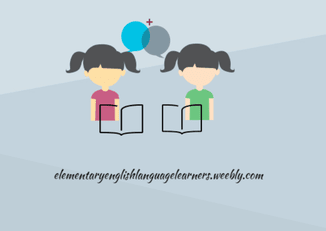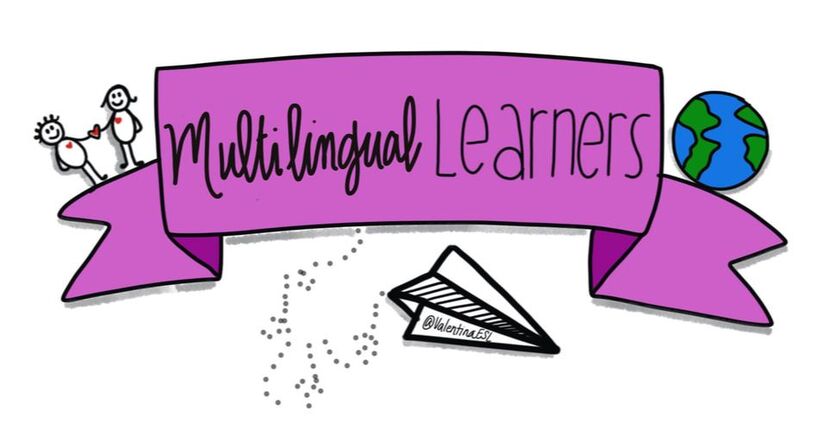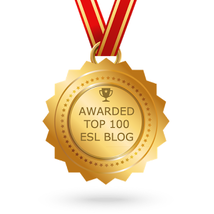 One of my favorite ways to let students practice reading for automaticity, fluency and expression is with Ear to Ear Reading. There are so many benefits to this easy to implement strategy! Because it is done in pairs (or triplets in rare cases) it lowers the affective filter for students and helps to build interdependence among students. Ear to Ear Reading was initially presented by Jim Rogers as way for partners to practice reading in pairs. When implementing this strategy, explicit instruction on how it looks and sounds is important. The teacher should model it in front of the class. This can be done either with a coteacher or with a student volunteer. Here’s how it is implemented:
This is what it may sound like using the poem My Brother’s Bug by Jack Prelutsky: Partner A: "My brother’s bug was green and plump," Partner B: "It did not run, it could not jump," Partner A: "It had no fur for it to shed," Partner B: "It slept all night beneath his bed." And the partners continue to read this way until they finished the poem. If they still have time, they reread the poem again and again practicing their expression, automaticity and fluency until the time is up. Ear to Ear Reading provides a safe, fun way for students to practice reading, gain fluency, automaticity, and expression while working with a partner. I first learned about it as a Tier III GLAD Trainer and have since used it successfully with my own students and with students in classrooms where I cotaught. It fits neatly into the reading workshop during partner reading. When implemented with fidelity and consistent routine, it can make a huge impact! Give it a try and let me know how you and your students enjoy it! Resources: Project GLAD Brechtel, M. (2001). Bringing it all together: Language and Literacy in the multilingual classroom. San Diega, CA: Dominie Press.
Molly
7/23/2019 09:22:24 am
OMG I love this! I am already imagining using this with my ELL students in the fall!
fanny de la lima
12/17/2020 09:42:45 pm
such an amazing article! Comments are closed.
|
Categories
All
|

 RSS Feed
RSS Feed
